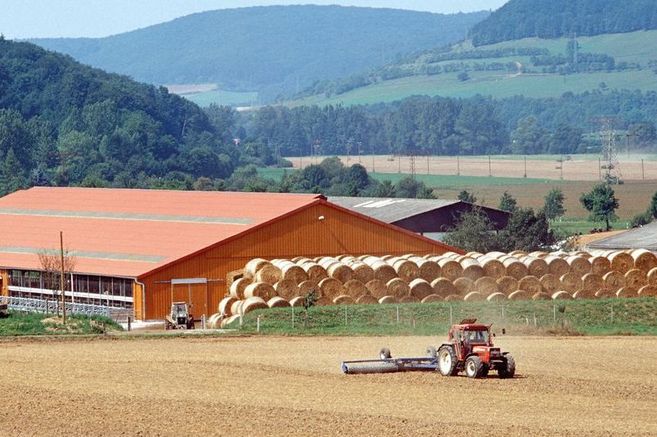Project
food4future2

food4future2
All people should have access to nutritious and healthy food at all times, and food production must remain within planetary boundaries at all times. These are the core requirements for a sustainable and resilient agrifood system. Novel foods can play an important role in this. However, how consumers feel about these foods, which conventional foods could be replaced, and what environmental impact this would have is still unclear.
Previous work by the food4future consortium has laid the foundation for a better understanding of the role of novel foods as an alternative to conventional foods. The work now focuses on modeling consumption and processing decisions and developing possible scenarios to show the environmental impact of different consumption patterns.
Background and Objective
Against the backdrop of a growing urban population and increasing pressure on natural resources, food4future2 aims to propose innovative solutions for the agricultural and food sector. These solutions aim to address current demographic and environmental challenges by incorporating novel foods such as halophytes, macroalgae, jellyfish, and insects into food systems.
CAPRI (Common Agricultural Policy Regional Impact) is an economic model that maps the agricultural sector, including the production, international trade, and consumption of food. The overarching goal of food4future2 at the Thünen Institute of Farm Economics is to develop an extension of the CAPRI model to depict novel foods as alternatives to established foods. The aim is to answer how consumers accept novel foods, which aspects are important to them, which substitutions can be expected under which criteria and what this means for the food industry.
Approach
A working group at the Thünen Institute of Farm Economics is working on the expansion of the CAPRI model as part of food4future2 and is investigating the following research questions:
- What does novelty mean with regard to food? How do consumers differentiate between conventional foods and novel alternatives? What criteria guide substitution behavior? Can parallels be drawn to consumer decisions regarding plant-based meat and dairy alternatives? How large is the market potential of the respective alternative products?
To this end, the working group will compile data from various consumption studies to determine the demand for different foods and the substitution potential towards more sustainability, both at the food and recipe levels. Finally, the extension of the CAPRI model will capture the behavior of food processing companies and consumers, both of which act as actors in the dietary transition.
Thünen-Contact

Involved Thünen-Partners
Duration
2.2025 - 1.2028
More Information
Project status:
ongoing







